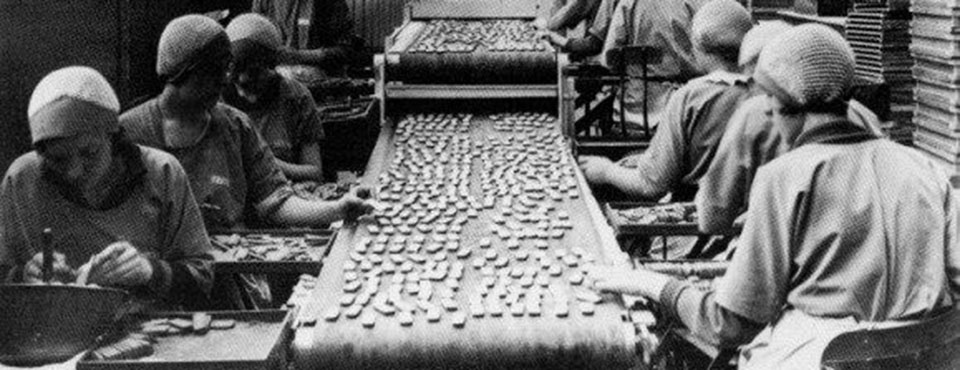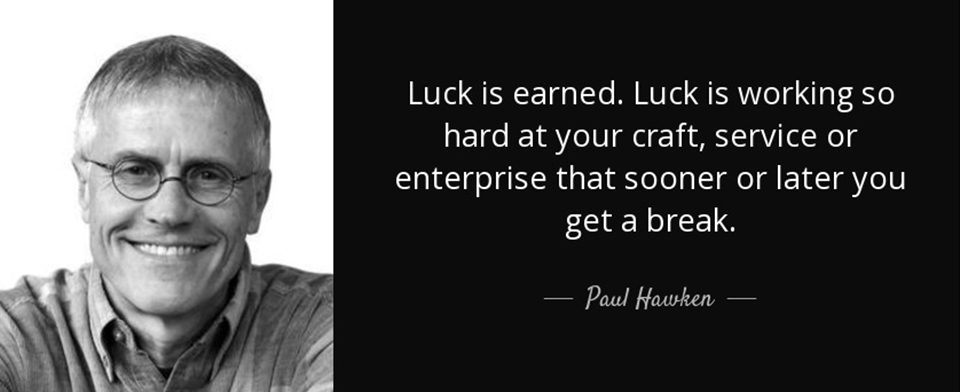Abso-effing-lutely
Nickels and dimes are worth less than that

“The real asset you’re building is trust.
And even though it’s tempting to cut a corner here and there to boost profit per interaction, the real cost is huge.
No one will say anything, no one will put up a fuss, until one day, they’re gone. Those extra few dollars you made with some fancy footwork have now cost you tens of thousands of dollars in lost value.
The opposite is clearly true: invest a nickel or a dime every chance you get, and the trust you earn pays for itself a hundred times over.”
~ Seth Godin
Cost reduce or value increase?

Again, Seth Godin is spot on:
Organizations that want to increase their metrics either invest in:
Creating more value for their customers, or
Doing just enough to keep going, but for less effort and money.
During their first decade, the core group at Amazon regularly amazed customers by investing in work that created more value. When you do that, people talk, the word spreads, growth happens.
Inevitably, particularly for public companies, it becomes easier to focus on keeping what you’ve got going, but cheaper. You may have noticed, for example, that their once legendary customer service hardly seems the same, with 6 or 7 interactions required to get an accurate and useful response.
This happens to organizations regardless of size or stature. It’s a form of entropy. Unless you’re vigilant, the apparently easy path of cost reduction will distract you from the important work of value creation.
The key question to ask in the meeting is: Are we increasing value or lowering costs?
Race to the top or race to the bottom, it’s a choice.
Details

The details are not the details; they make the product.
– Charles and Ray Eames
The Candy Diet

Seth Godin writes in this article The Candy Diet: The bestselling novel of 1961 was Allen Drury’s Advise and Consent. Millions of people read this 690-page political novel. In 2016, the big sellers were coloring books.
Fifteen years ago, cable channels like TLC (the “L” stood for Learning), Bravo and the History Channel (the “History” stood for History) promised to add texture and information to the blighted TV landscape. Now these networks run shows about marrying people based on how well they kiss.
And of course, newspapers won Pulitzer prizes for telling us things we didn’t want to hear. We’ve responded by not buying newspapers any more.
The decline of thoughtful media has been discussed for a century. This is not new. What is new: A fundamental shift not just in the profit-seeking gatekeepers, but in the culture as a whole.
Read the full article here >


